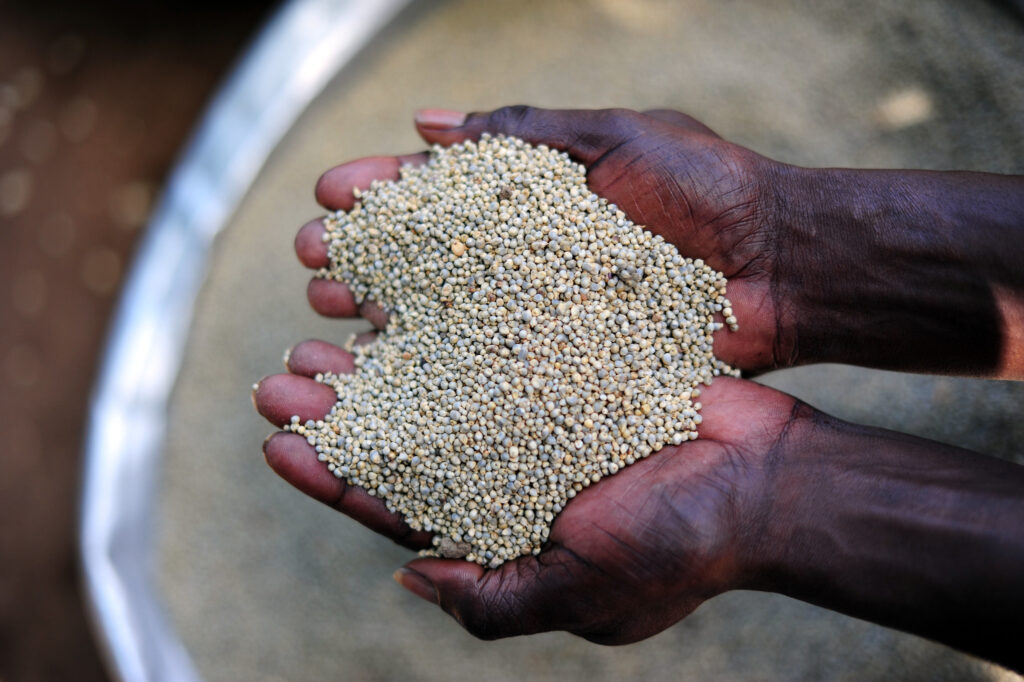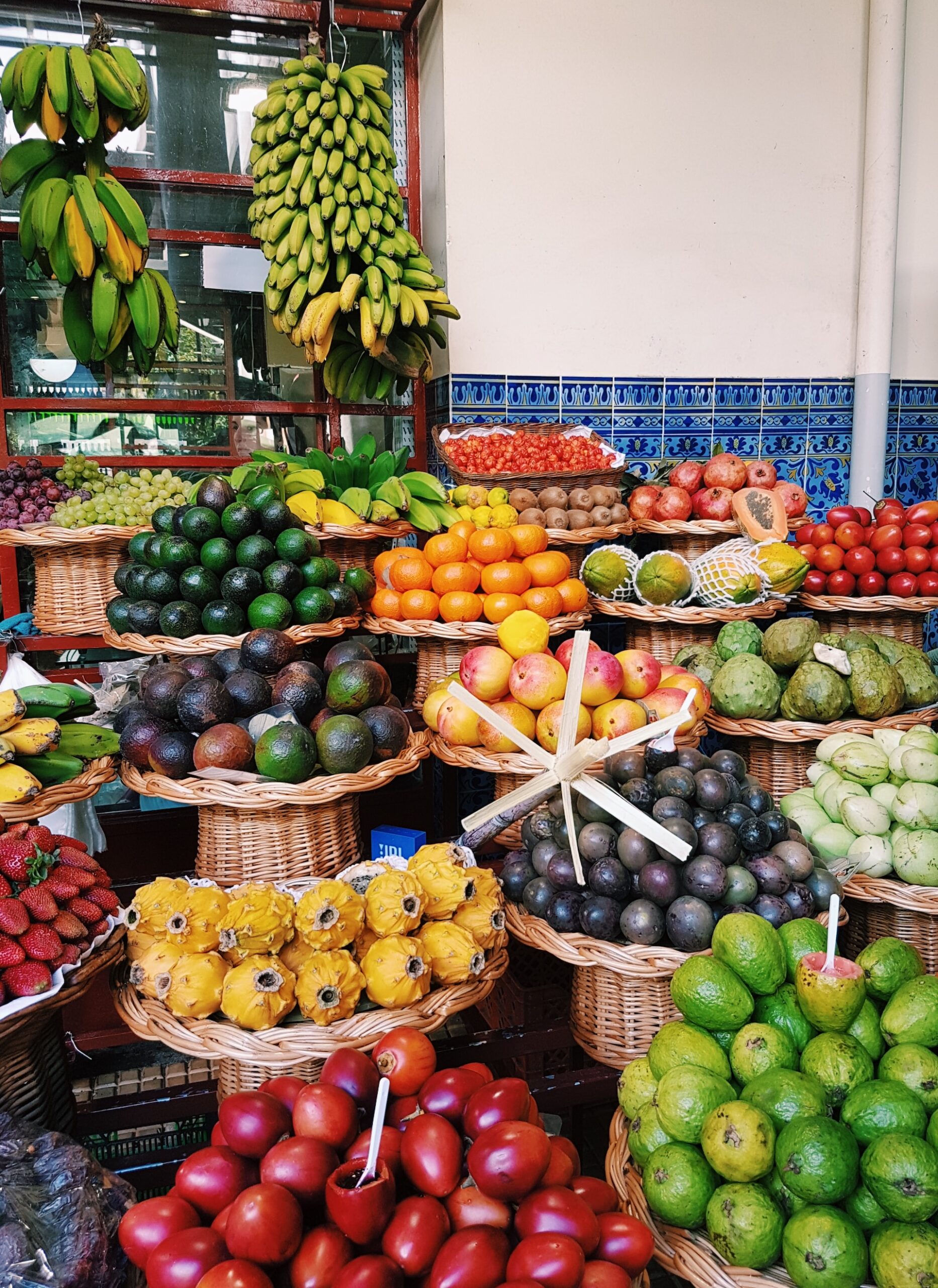Sustainable food is more than just food with minimal environmental impact. It’s a complex issue that involves consumption patterns, production methods, and dietary choices. Despite the clear environmental benefits, the transition to sustainable food consumption is not straightforward due to global overconsumption and the need for increased production.
The Plant-Based vs. Animal-Based Debate
The environmental impact of our diet is a hot topic. Reports suggest that animal-based foods, such as beef and lamb, have a larger environmental footprint than plant-based foods like beans and lentils.
Meat and dairy production specifically account for around 14.5% of global greenhouse gas emissions. This includes emissions from livestock and their feed. (CarbonBrief)
Half of the world’s habitable land is used for agriculture, and more than three-quarters of this is used for livestock. Livestock agriculture plays an outsized role in land use change, degradation, and conversion of natural ecosystems.
Transitioning to plant-based diets has the potential to reduce diet-related land use by 76%, diet-related greenhouse gas emissions by 49%, eutrophication by 49%, and green and blue water use by 21% and 14%, respectively. These reductions come with substantial health co-benefits. (NCBI)
However, a complete shift to a plant-based diet isn’t a simple solution. While a vegetarian diet can significantly reduce environmental impact, a large-scale shift could lead to soil nutrient depletion, and pollution from fertiliser and pesticide overuse.
The Optimal Diet: A Local Perspective
An optimal diet doesn’t consist of specific dishes. Instead, it embraces the diversity of crops and soils around the world that produce indigenous varieties. Purchasing food from local farmers and traders is a beneficial approach for promoting both food security and boosting the local economies.
Local food systems also play a crucial role in sustainability. They reduce the environmental impact associated with long-distance transportation and support small-scale farmers.
For instance, in India, the adoption of traditional millets as part of the local diet has gained attention due to their low water requirements (one-third that of staple crops like rice and wheat), resilience to climate change, and nutritional value.

The Truth About Processed Food
Processed food isn’t inherently harmful. Traditional methods like pickling have been used for centuries to preserve food. However, the level and method of processing can strip food of its original nutrients and increase the risk of diseases.
Ultra-processed foods (UPFs), which are industrially made and packed with additives, are particularly concerning. They are directly linked to 32 harmful effects to health, including a higher risk of heart disease, cancer, type 2 diabetes.
In the UK and US, over 50% of the average diet consists of ultra-processed food. Some demographics, especially younger, lower-income, and disadvantaged individuals, can consume diets with up to 80% ultra-processed products. (BMJ)
Food Labelling: A Call for Transparency
Currently, there’s no specific label for ultra-processed food. Existing labels provide an ingredient list, which can give consumers an idea of what’s in their food. The expiry date can also indicate the level of processing. There’s a growing demand for food regulators to ensure clear labelling on all ultra-processed food.
The Future of Food: Alternative Proteins
Alternative proteins, such as plant-based and lab-grown meats, are gaining popularity as sustainable food options. These proteins offer a viable solution to the environmental impact of traditional animal farming. Lab-grown meats, for instance, can significantly reduce land use, greenhouse gas emissions, and water usage. However, the acceptance and widespread adoption of these alternative proteins depend on factors like taste, price, and consumer perception.
The Future of Food: Alternative Dairy
The dairy industry is also seeing a shift towards sustainability with the rise of plant-based alternatives and precision fermentation technologies. Almond milk, soy milk, and oat milk are some of the popular alternatives that have found their way into consumer diets. These dairy alternatives are not only environmentally friendly but also cater to the dietary needs of lactose-intolerant and vegan consumers. The challenge lies in matching the nutritional profile and taste of real dairy products. Precision fermentation, a process that uses microorganisms to produce dairy proteins, is another promising technology in this space. It offers the potential to create dairy products without the need for animals, thus reducing the environmental impact significantly.
Conclusion
The journey towards sustainable food consumption is a collective effort. It demands not only improved consumer awareness but also transparency in food labelling. The US FDA’s proposed ‘Front of Package’ labelling is indeed a promising initiative. However, the effectiveness of such measures hinges on our ability to comprehend the complexities of sustainable food. As we continue to navigate this landscape, further research is paramount to equip us with the knowledge we need to make informed and sustainable food choices. Ultimately, every step we take towards understanding and embracing sustainable food is a step towards a healthier planet.



